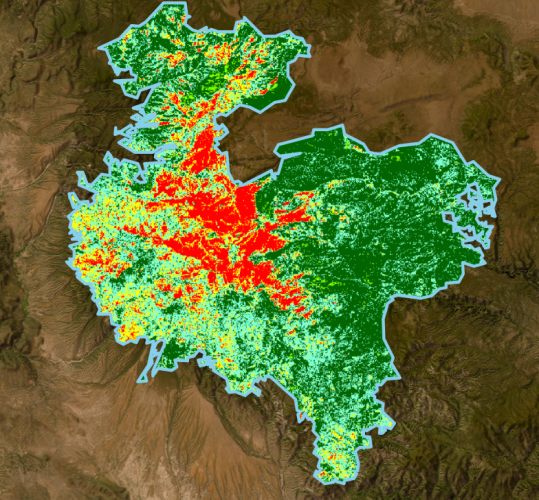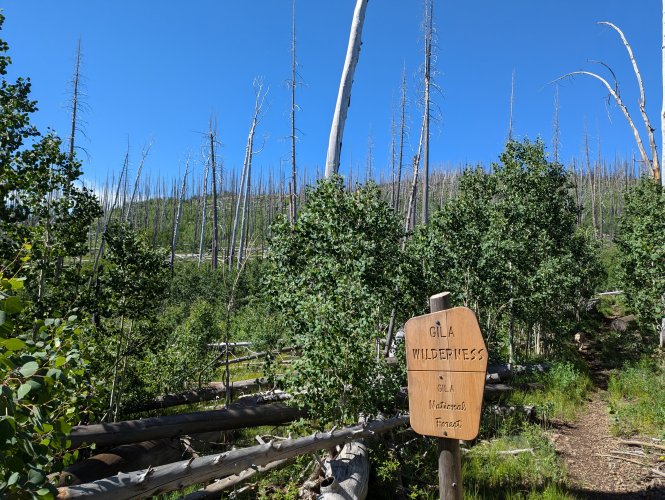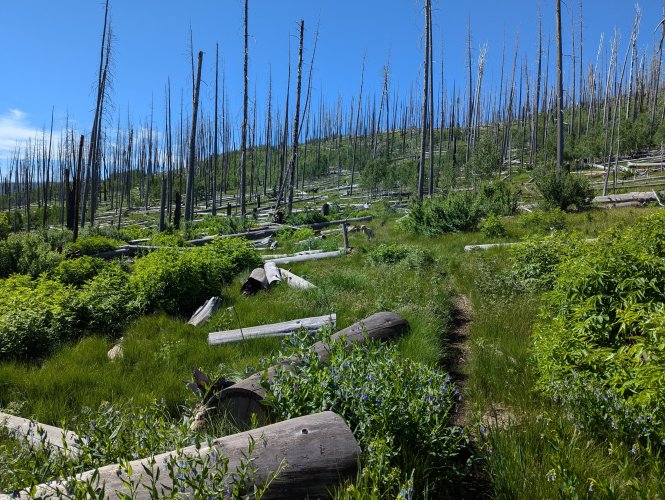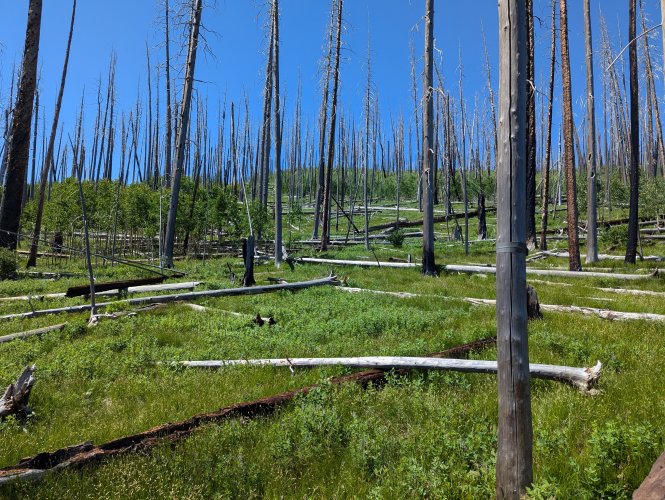RunNGunSC
Well-known member
- Joined
- Nov 3, 2022
- Messages
- 148
Prescribed fire comes up a ton where I live. Most think a low intensity fire really helps natural browse but it can eliminate cover. Wildfires out west seem very intense and too large to provide the same benefit. Large land managers rotate burns, but burning 10,000 acres seems like it would totally displace animals for several years. I’m curious to get the perspective of those that see wildfires annually and see the Elk/mule deer response. What seems to make a fire beneficial verses more destructive? How long does it take for animal use to return to or exceed pre-fire use? I know I killed turkeys 3-4 weeks after a prescribed fire on public land this spring. Are small fires good and big fires destructive?
Last edited:









